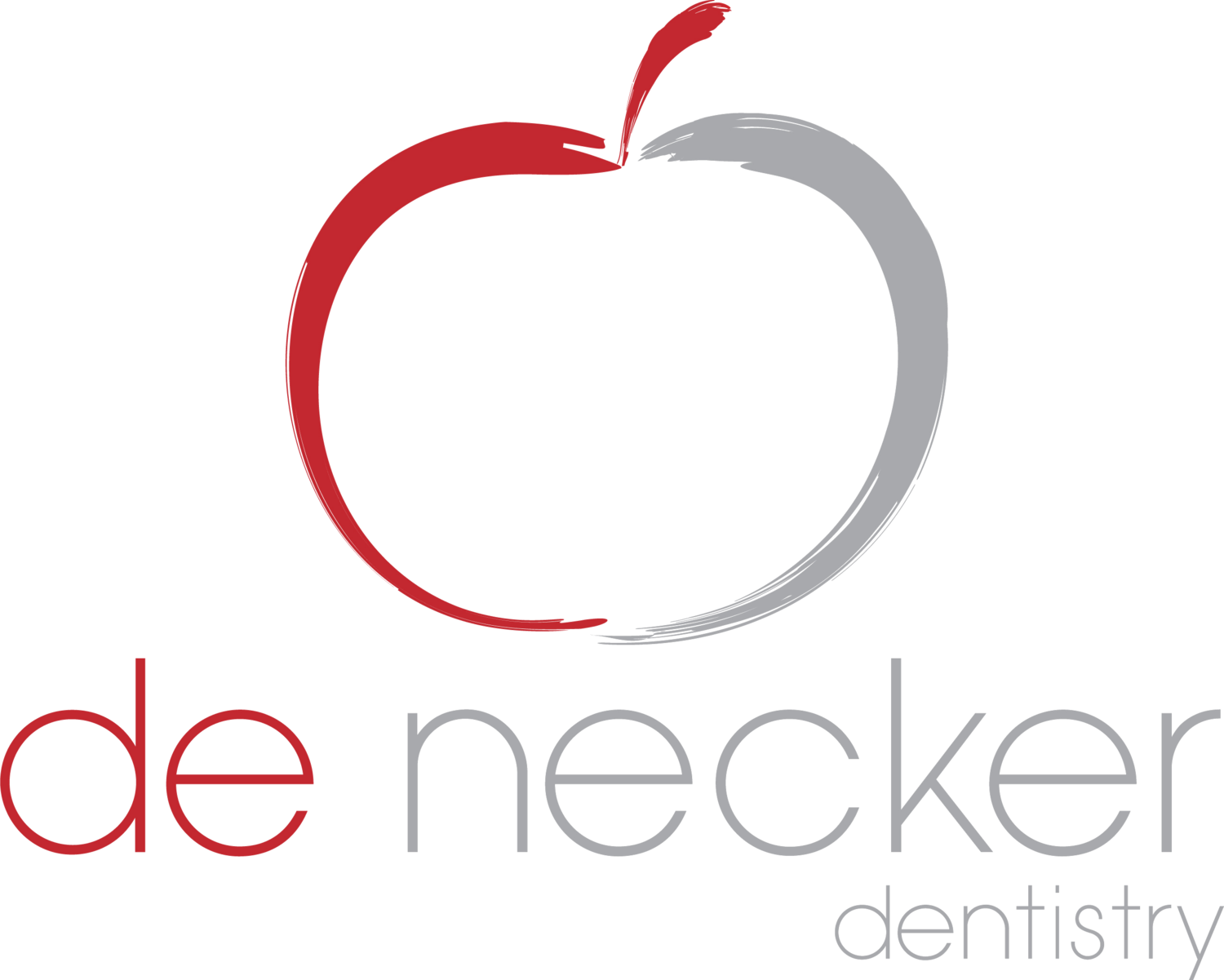Invisalign vs. Traditional Braces: Which Is Right for You?
When it comes to achieving that perfect smile, you have options. Two of the most popular choices for straightening teeth are Invisalign and traditional braces. Each method has its own set of advantages and considerations, so how do you decide which one is right for you? In this blog post, we'll break down the differences between Invisalign and traditional braces to help you make an informed choice.
Traditional Braces: Time-Tested and Effective
Traditional braces have been a go-to option for decades, and for good reason. Here are some of their key attributes:
Effective for Complex Cases: Traditional braces are highly effective in treating a wide range of orthodontic issues, from severe misalignment to complex bite problems.
Predictable Results: Orthodontists have extensive experience with braces, making it easier to predict and achieve the desired outcome.
No Compliance Required: Unlike Invisalign, you don't need to remove traditional braces for eating or cleaning, which can be an advantage for some patients.
Cost-Efficient: Traditional braces tend to be more cost-effective for complex cases because they're often less expensive than Invisalign.
However, traditional braces do come with some downsides. They can be less comfortable, may require more frequent adjustments, and can have dietary restrictions.
Invisalign: Discreet and Convenient
Invisalign is a relatively newer option that has gained popularity for its discreet and convenient approach:
Invisible: Invisalign aligners are virtually invisible, making them an appealing choice for those who want to keep their orthodontic treatment low-key.
Removable: Aligners can be removed for eating and cleaning, allowing for more flexibility in your daily routine.
Comfortable: Invisalign aligners are generally more comfortable to wear than traditional braces, as they don't have sharp brackets or wires.
No Dietary Restrictions: You can enjoy your favorite foods without worrying about damaging wires or brackets.
However, Invisalign may not be suitable for everyone. It's typically recommended for less complex cases, and compliance is essential. Aligners must be worn for at least 22 hours a day to be effective.
Making Your Decision
The choice between Invisalign and traditional braces ultimately depends on your unique needs and preferences. Here are some factors to consider:
Orthodontic Needs: The complexity of your orthodontic issues plays a significant role. Invisalign is ideal for milder cases, while traditional braces may be necessary for more severe problems.
Aesthetics: Do you want a discreet option? If so, Invisalign may be the better choice.
Lifestyle: Consider your daily routine. Are you willing to commit to wearing aligners for the required time each day?
Budget: Your budget is also a crucial factor. Traditional braces are often more cost-effective for complex cases.
The best way to decide is by consulting with an orthodontic professional. They will assess your needs, discuss your goals, and help you choose the treatment plan that's right for you.
At De Necker Dentistry, we offer both Invisalign and traditional braces, and our experienced team can guide you through the decision-making process. Whatever you choose, remember that the end result will be the same: a healthier, more beautiful smile.

